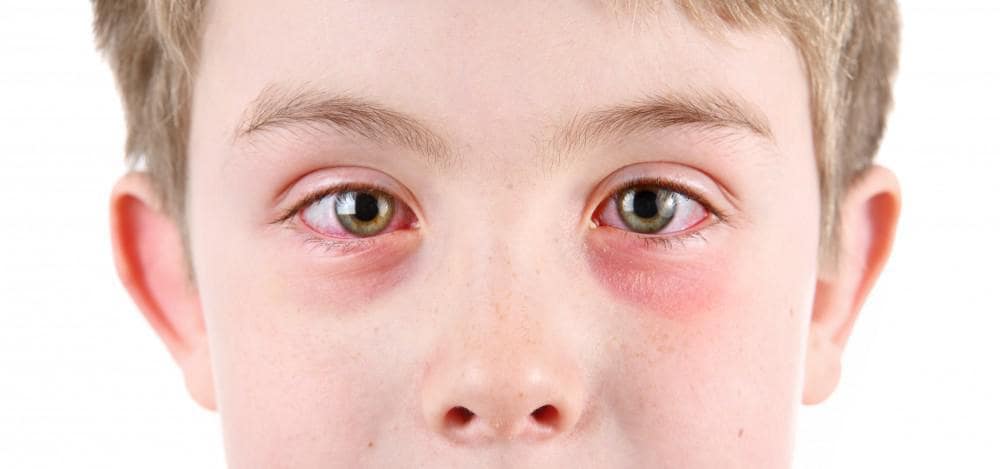
01 Jun Which Type of Pink Eye Does My Child Have?
Pink eye, also called conjunctivitis, is a very common and usually a highly contagious type of eye infection. Pink eye occurs when the conjunctiva, which is the thin layer that lines the inside of your eyelids and the white of your eyes, becomes inflamed.
The inflammation makes your blood vessels more substantial and more visible, which is why your eye looks reddish or pink. While pink eye sometimes seems pretty severe, it doesn’t affect your vision and is simple to treat. Symptoms include red, itchy, and irritated eyes with discharge in one or both eyes.
As a parent, the first step in treating pink eye is to figure out which type of pink eye your child has. Some types go away on their own, but others need antibiotics. And although pink eye is not a serious eye condition, it’s important to see your eye doctor so the infection doesn’t spread to others, and so it doesn’t return.
At the Witlin Center for Advanced Eyecare, we care about the health of your child’s eyes. Here’s what we’d like you to know about the different types of pink eye and how to treat them.
Viral conjunctivitis
A virus causes this type of pink eye. Unfortunately, this infection is most contagious before symptoms surface. It’s the most common form of pink eye and often spreads through classrooms and schoolyards.
Fortunately, this type of pink eye usually goes away on its own within a couple of days. To soothe your child’s discomfort until the infection runs its course, you can place a warm compress on their eyes.
Bacterial conjunctivitis
This type of pink eye is also highly contagious. It’s caused by bacteria entering the eye and can be treated with antibiotic eyedrops or ointments. But antibiotic eyedrops can’t help cases of viral pink eye and allergic pink eye.
For symptom relief, the advice is the same as for the other two types of pink eye: a warm compress on the eyes and also the use of artificial tears.
Allergic conjunctivitis
Allergic conjunctivitis is not contagious. It’s brought on by an allergic reaction to pollen, pet dander, ragweed, or some other allergen or irritant. Symptoms are primarily itchy, red eyes. Whatever allergy medicine your child takes to prevent allergic reactions will help this reaction as well.
You can help prevent pink eye by encouraging your children to wash their hands frequently and instructing them not to touch or rub their eyes.
Does your child have itchy, red eyes filled with discharge? If you suspect your child has pink eye, call us at Witlin Center for Advanced Eyecare with locations in East Brunswick, Toms River, and Morristown, New Jersey.


Sorry, the comment form is closed at this time.